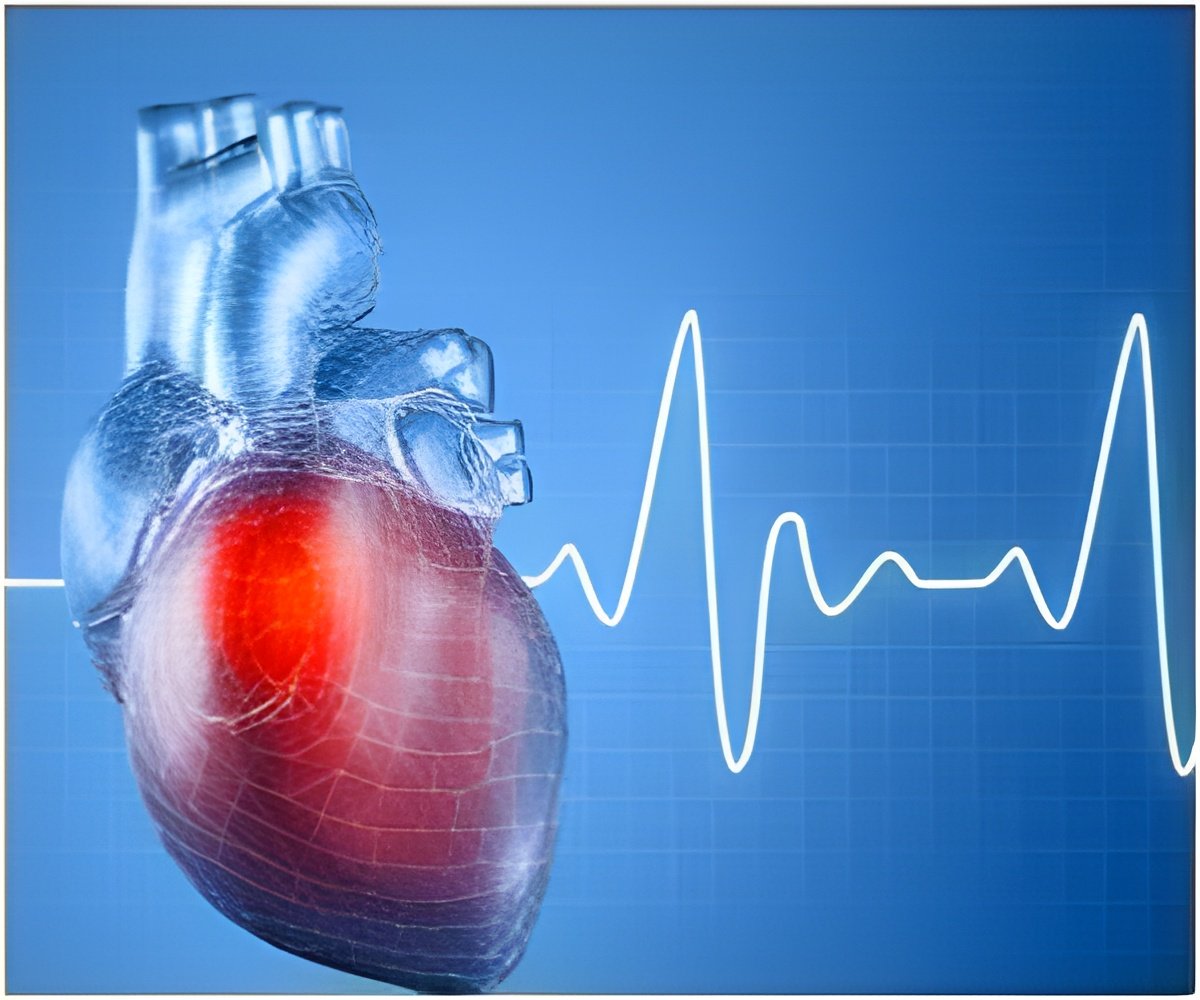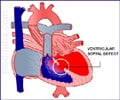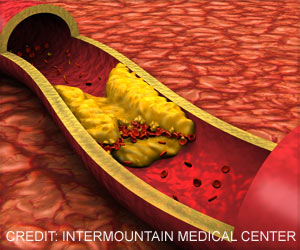A new all-in-one cardiac catheter is set to make cardiac ablation therapy simpler.

The stretchable electronics developed by Yonggang Huang of Northwestern and John Rogers of the University of Illinois at Urbana-Champaign make it possible to have a minimally invasive technique for heart surgery.
"The use of one catheter to achieve all these functions will significantly improve clinical arrhythmia therapy by reducing the number of steps in the procedure, thereby saving time and reducing costs," said Huang.
The electronics Huang and Rogers use in this study are based on a "pop-out" design of interconnects, similar to their early design for stretchable electronics but with much larger-approximately 130 percent-stretchability.
This ability of the electronics to stretch is important because the researchers print all the necessary medical devices on a section of a standard endocardial balloon catheter (a thin, flexible tube) where the wall is thinner than the rest. (This section is slightly recessed from the rest of the catheter's surface.) There the sensitive devices and actuators are protected during the catheter's trip through the body to the heart.
Once the catheter reaches the heart, the catheter is inflated, and the thin section expands significantly; the electronics are now exposed and in contact with the heart.
Advertisement
"We devised what we call a 'pop-out interconnect' that performs very well. We didn't expect the electronics to sustain a stretch nearly three times the section's length."
Advertisement
"It demands all the features and capabilities that we've developed in stretchable electronics over the years in a pretty aggressive way," Rogers said.
"It also really exercises the technology in an extreme, and useful, manner-we put everything on the soft surface of a rubber balloon and blow it up without any of the devices failing."
These devices can deliver critical high-quality information, such as temperature, mechanical force, blood flow and electrogram, to the surgeon in real time.
Although not tested on humans, researchers have demonstrated the device with anaesthetized animals.
The research will be published March 6 by the journal Nature Materials.
Source-ANI














